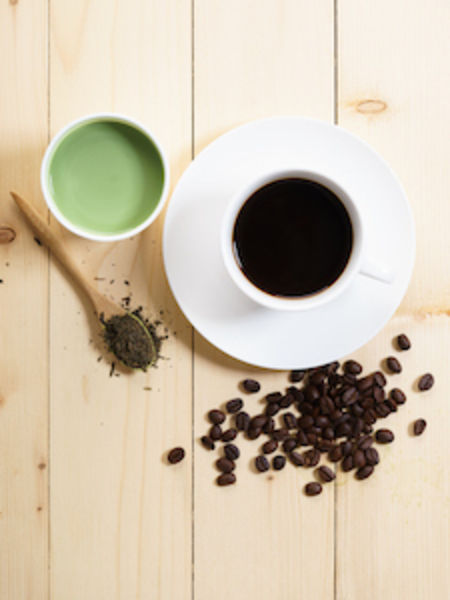Being Leaf Friendly in A Bean World
With specialty tea continuing to gain ground as a go-to beverage at some point in consumers’ lives, coffee shops are seeking to embrace the trend and put more energy into their tea offering.
Baristas embrace the opportunity to use their creative brew skills to bring out the best in the leaf and to invent super tasty treats for their customers. They also are always eager to learn something new and accept new challenges to make the perfect brew.

When transitioning to a tea friendly shop, storage is key. Tea leaves are super sensitive to foreign odors and flavors, and can easily absorb coffee’s strong aroma. Store your teas away from direct light, heat, air, and moisture to preserve its nuances and freshness. If you are purchasing large bulk, be sure to seal the liner and carton up tightly after each refill. Well-sealed tea can stay fresh for 2-3 years, but is at its peak within a few months of purchase.
Shared equipment is a no-no when it comes to coffee beans and tea leaves. The essence of coffee is hard to completely remove from brewing apparatus and can easily contaminate any tea brewed in the same vessel or machine. A successful tea program requires dedicated equipage, but fear not – this can be as simple as a hot water dispenser and teapots with infuser. Easy peasy!
Selecting teas for your menu can be daunting, but it need not be. Your tea vendor likely has bestseller lists for minimal risk or can guide you with something catered to your business’ special style. You can also easily opt for these classics:
Crowd pleasers:
Traditional Specialty:
There are many to choose from, but these are great places to start. If you know your customer base well, it can help define your tea selection. Combinations of these offerings can successfully please a broad spectrum of taste buds. If your tea menu includes descriptions of these teas, like a wine menu, it will help the unfamiliar find teas that they will like. For example, describing Jade Oolong as “light-bodied, with floral notes, and a delicate, lingering crispness” will help manage expectations and appeal to the adventurous tea explorer in your clientele.
If you or your staff need tea training, head on over to www.teaclass.com for some basics. For more intense guidance, a tea educator can be found via the American Specialty Tea Alliance. As us for info!
Embrace the leaf!

